Nature has a fascinating way of preserving its history, and frozen ice is one of the most astonishing time capsules. Over the centuries, scientists and explorers have uncovered animals perfectly preserved in icy tombs, some dating back thousands—or even millions—of years. These discoveries give us rare glimpses into prehistoric ecosystems and reveal secrets about creatures long extinct. Here are 13 incredible animals found frozen in ice that left researchers and the world in awe.
1. Woolly Mammoths Captured in Permafrost
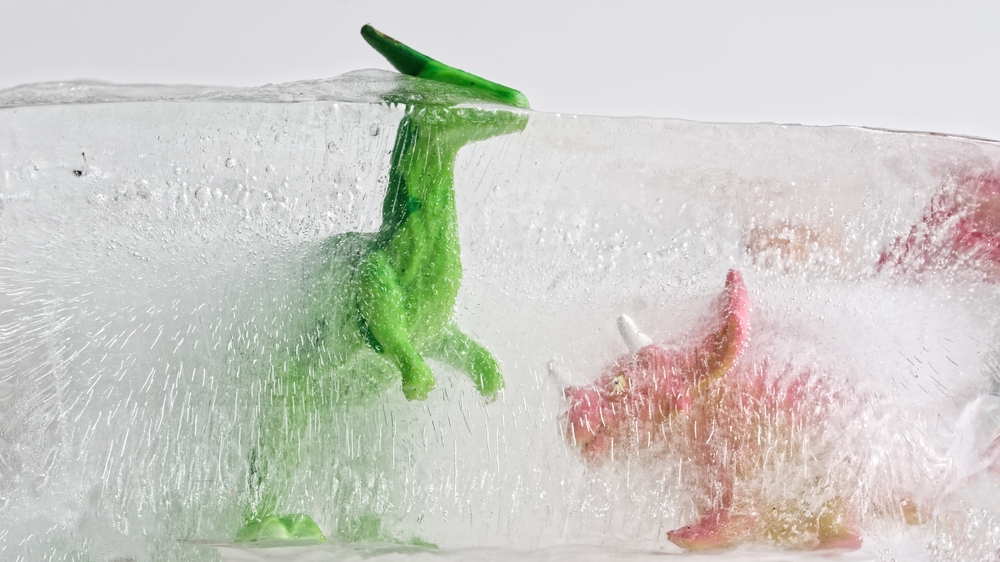
Perhaps the most famous frozen find, woolly mammoths have been discovered encased in Arctic permafrost, astonishingly well-preserved. Some specimens, like the 40,000-year-old “Yuka” mammoth in Siberia, still had skin, hair, and even internal organs intact. These discoveries provide crucial insights into the Ice Age and have even sparked discussions about cloning these extinct giants. Their preservation is a chilling reminder of Earth’s ancient past.
2. A Cave Lion Cub With Fur Still Intact
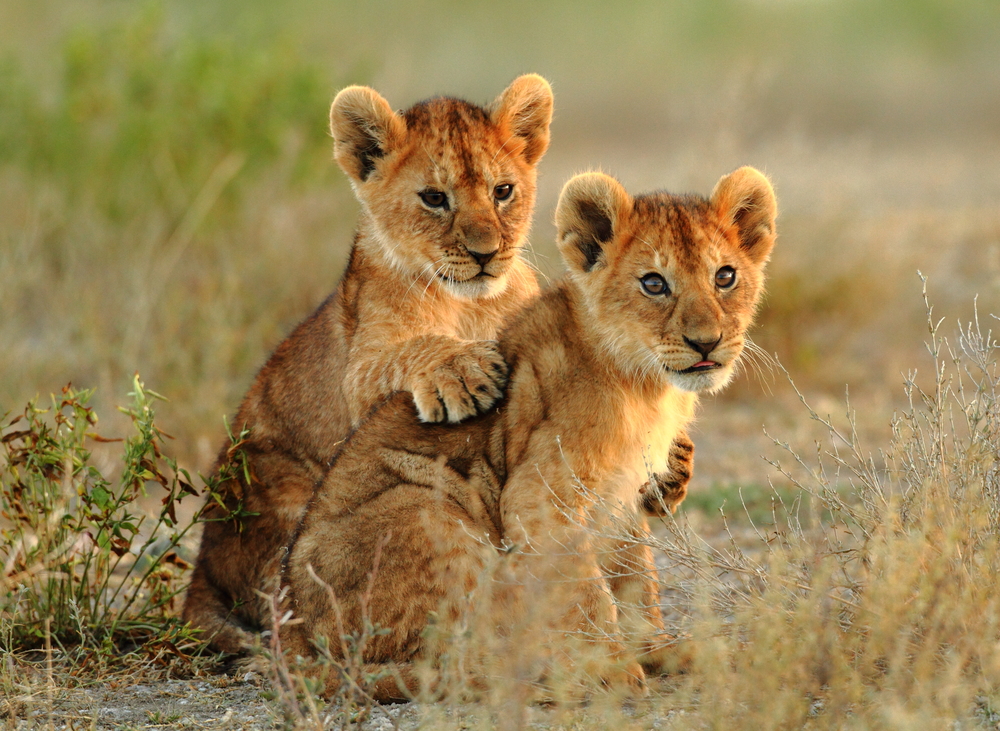
In 2015, scientists in Siberia unearthed a cave lion cub frozen in permafrost, estimated to be over 30,000 years old. The cub, nicknamed “Sparta,” was so well-preserved that its golden fur and whiskers were still visible. This find is especially exciting because cave lions are extinct, and their frozen remains offer a rare chance to study their anatomy and DNA. Sparta looks like it could almost roar back to life.
3. Giant Ground Sloths Frozen in the Andes
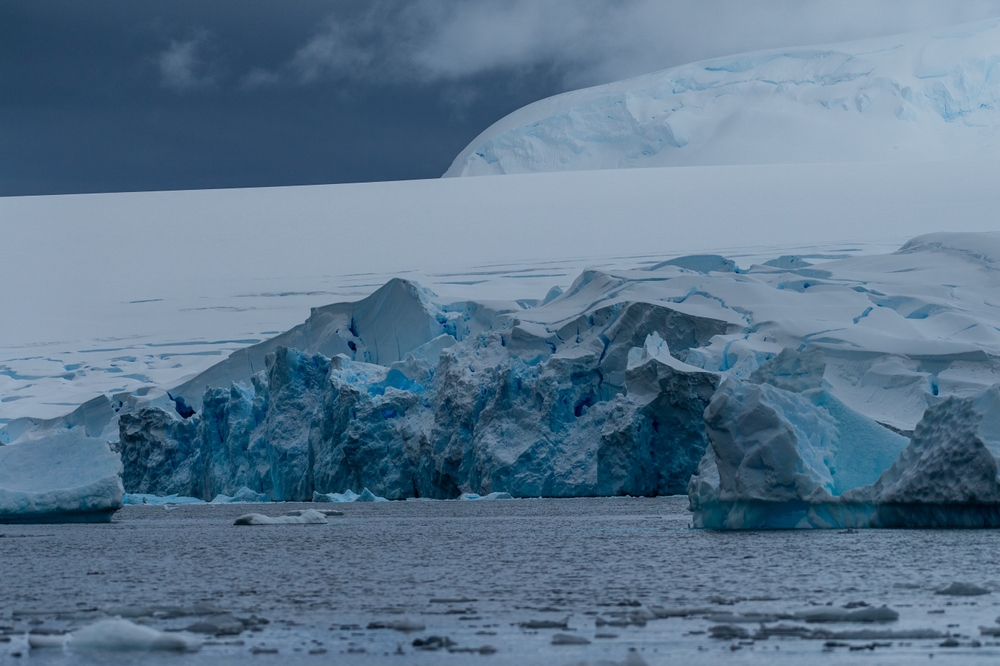
In South America, remains of giant ground sloths, massive herbivores from the Ice Age, have been discovered encased in glacial ice. These creatures, which could grow up to 20 feet long, vanished around 10,000 years ago. The frozen specimens provide critical data about their diet and habitat, preserved perfectly in time. Their enormous size makes these discoveries as jaw-dropping as they are scientifically valuable.
4. Prehistoric Steppe Bison Found in Alaska
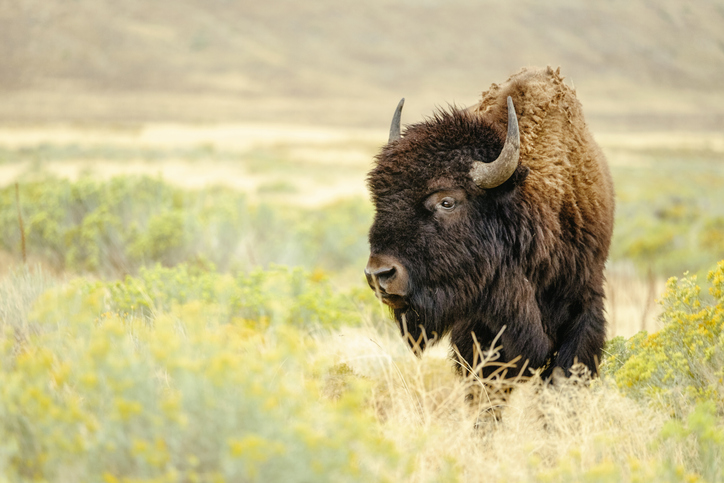
Researchers found a steppe bison frozen for over 50,000 years in Alaska’s permafrost, remarkably well-preserved. Nicknamed “Blue Babe,” the bison still had its hide and muscle tissue, allowing scientists to reconstruct its appearance. The discovery even included evidence of predation, likely from an Ice Age predator like a lion. This find reveals much about the ecosystems that existed during that era.
5. A Mummified Bird From the Ice Age
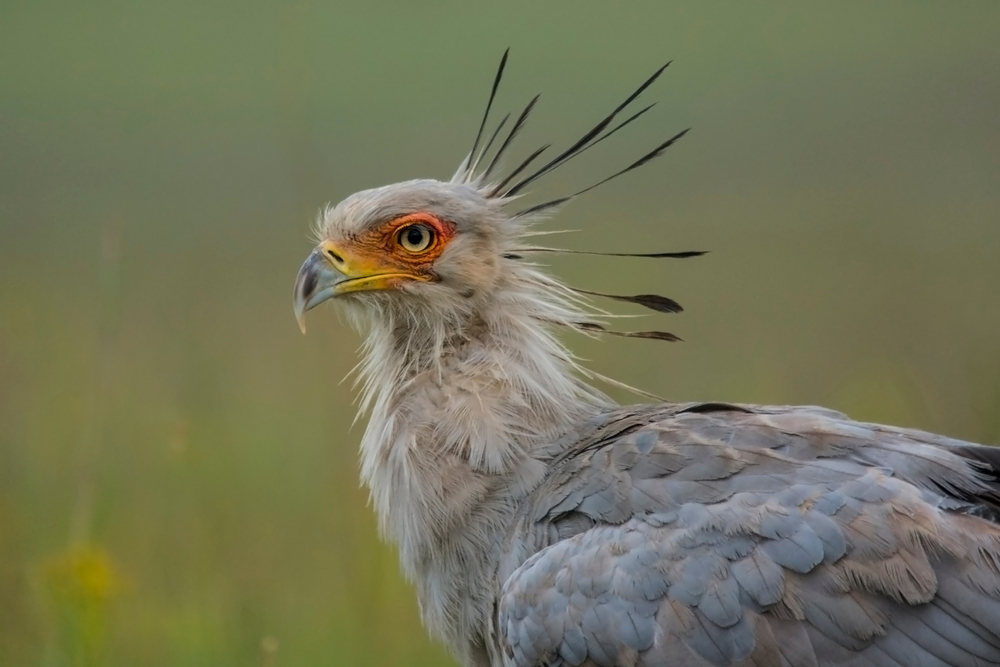
In Siberia, a 46,000-year-old mummified bird was discovered in 2020, frozen so perfectly that its feathers were still soft to the touch. The bird, identified as a horned lark, offers a window into the avian species that thrived during the Ice Age. Its discovery sheds light on how birds evolved and adapted to changing climates. Holding something so ancient yet so familiar is nothing short of extraordinary.
6. An Entire Frozen Wolf Pup in Yukon

In Canada’s Yukon territory, gold miners uncovered a perfectly preserved wolf pup frozen in permafrost for over 57,000 years. Named “Zhùr,” the pup had fur, teeth, and even muscles still intact, making it one of the best-preserved Ice Age wolves ever found. Scientists used this find to study wolf evolution and their role in Ice Age ecosystems. It’s as if Zhùr froze mid-pounce, waiting for her story to be told.
7. An Extinct Woolly Rhinoceros Found in Siberia
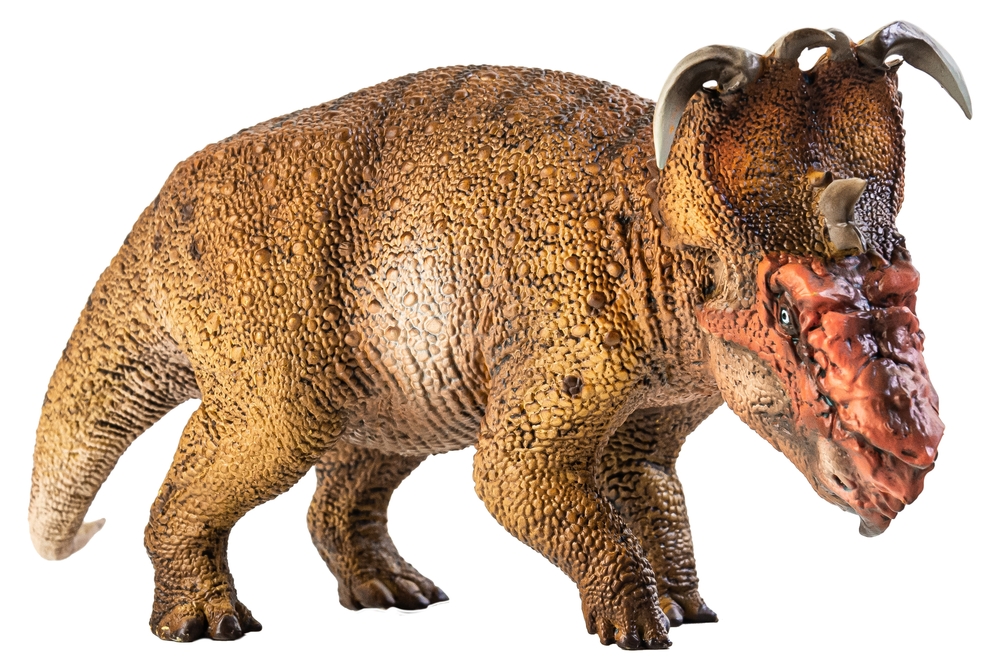
In 2020, Siberian researchers discovered a juvenile woolly rhinoceros frozen for over 20,000 years, complete with its thick fur and horn. This rare find offered insights into the anatomy and behavior of this extinct species. The rhinoceros appeared to have drowned in a river before freezing, its body preserved by nature’s icy grip. These massive herbivores were once kings of the Ice Age tundra.
8. Prehistoric Fish Frozen in Glacier Ice
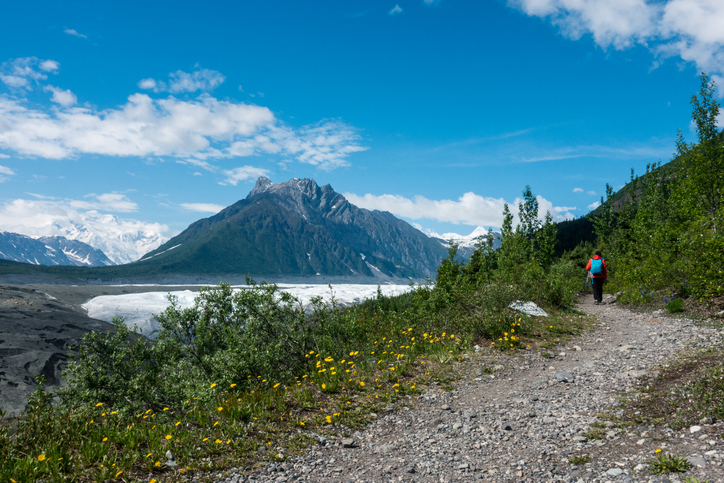
In the icy waters of Antarctica, scientists have discovered prehistoric fish frozen and preserved in subglacial lakes. These fish, some dating back millions of years, were trapped as ice sheets expanded and froze around them. Their remains offer clues about how marine life survived extreme conditions during past ice ages. It’s a frozen mystery that links Earth’s past oceans to its present.
9. A Pleistocene Bear With Its Flesh Intact
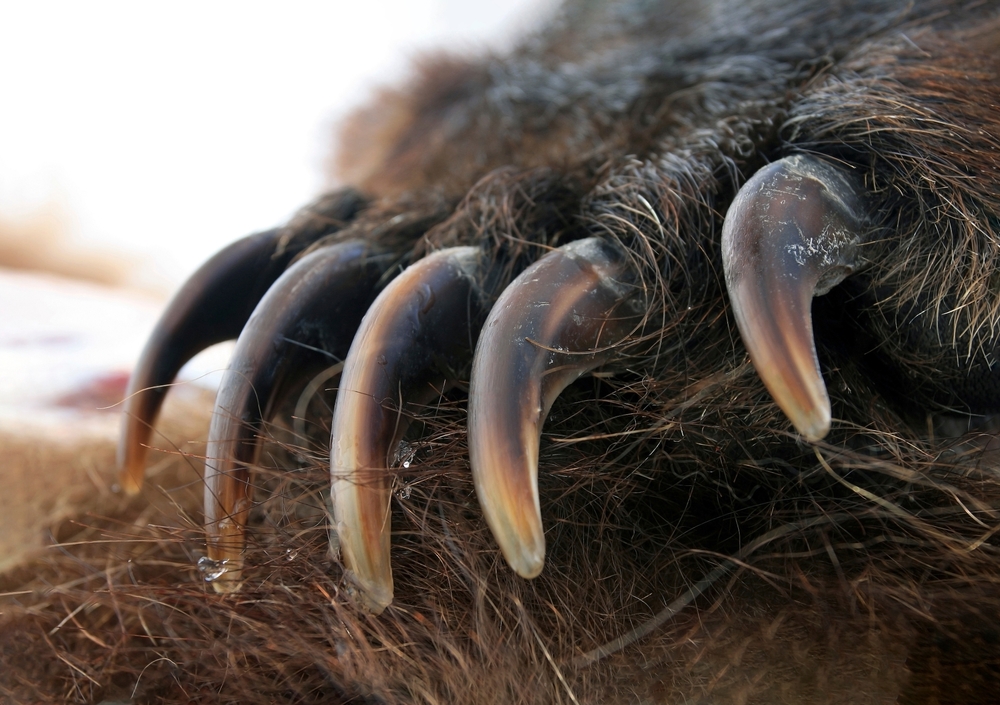
In 2020, Siberian scientists made a groundbreaking discovery of a fully preserved Pleistocene bear, complete with fur, teeth, and even its nose intact. The bear, estimated to be tens of thousands of years old, is an unprecedented find for researchers studying Ice Age predators. Its incredible preservation may help unlock secrets about its diet and behavior. The bear almost looks like it could wake up and start lumbering around again.
10. A Frozen Foal From the Ice Age Steppe
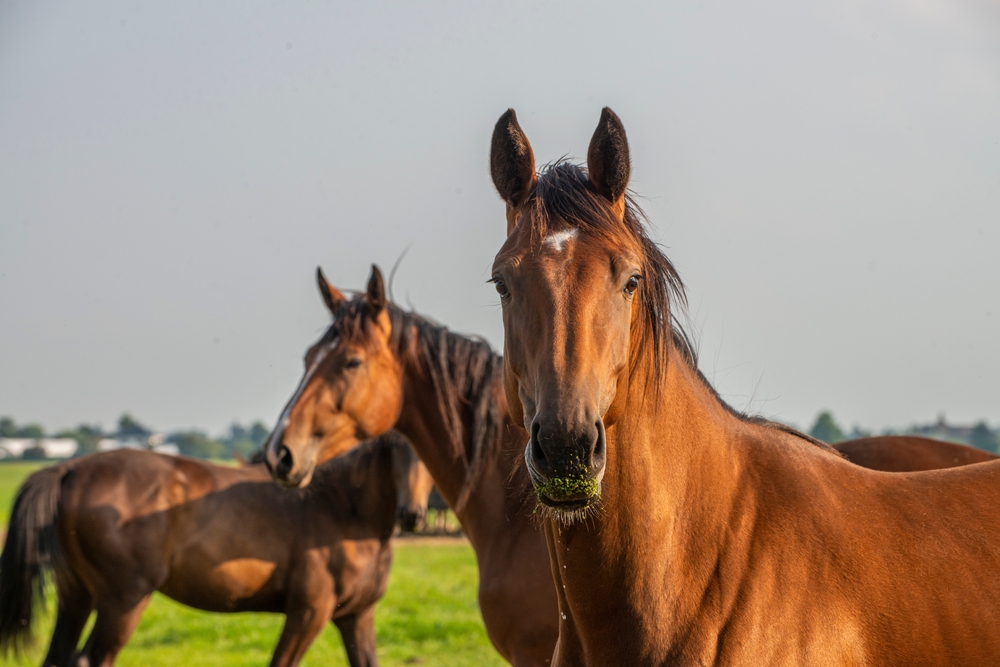
A 40,000-year-old foal was found frozen in Siberian permafrost, so well-preserved that its liquid blood was still inside its veins. This Ice Age horse belonged to a now-extinct species and offers a rare opportunity to study ancient equine genetics. Researchers were even able to extract DNA for potential cloning experiments. The foal is an eerie, tangible connection to a long-lost epoch.
11. A Saber-Toothed Tiger’s Skull Frozen in Ice
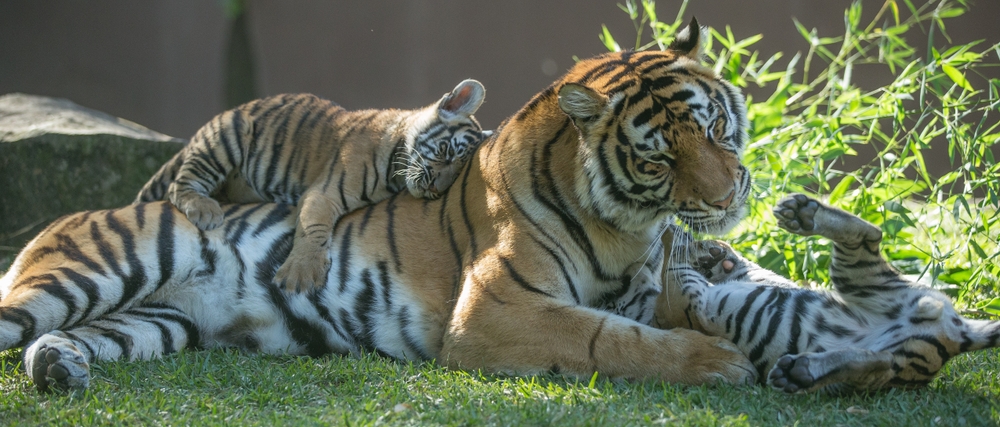
While full saber-toothed tiger remains are rare, a well-preserved skull was uncovered in frozen ground in Alaska. This discovery, dated to around 15,000 years ago, provides clues about the diet and hunting techniques of these iconic predators. The tiger’s massive canines and robust skull hint at its deadly precision as an apex predator. Even frozen, the skull evokes a sense of awe and fear.
12. A Tiny Frozen Frog in Arctic Ice
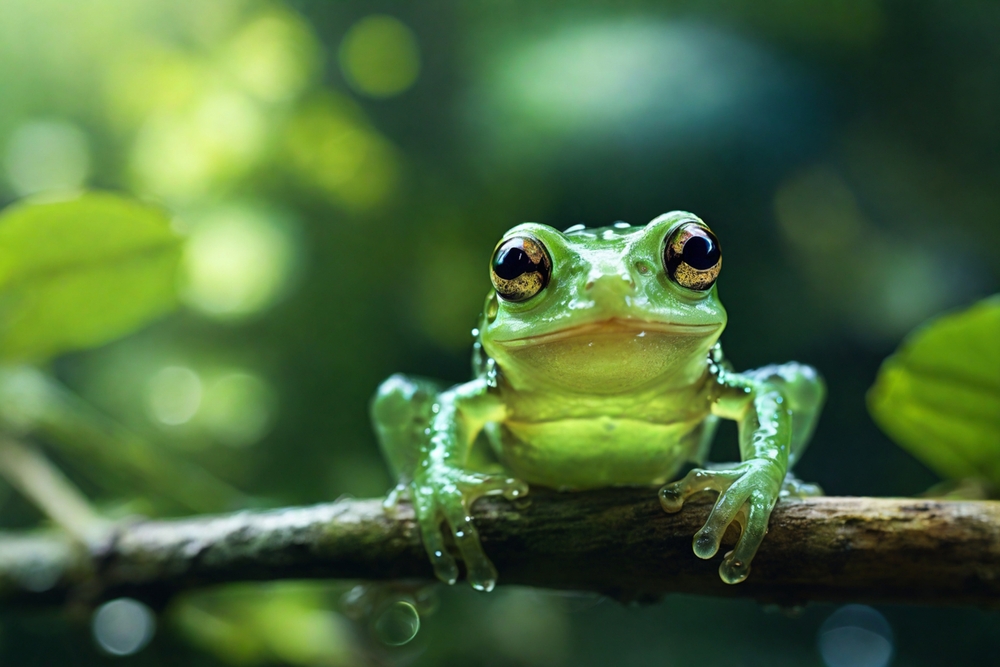
A surprising discovery in Arctic ice revealed a tiny frog perfectly frozen, likely preserved during a sudden frost. While not as ancient as some finds, the frog shows how smaller animals can also be caught in nature’s icy grip. Scientists used it to study the effects of freezing temperatures on amphibians. It’s a small but fascinating reminder of the resilience and fragility of life.
13. Ice Age Mastodons Unearthed in Michigan
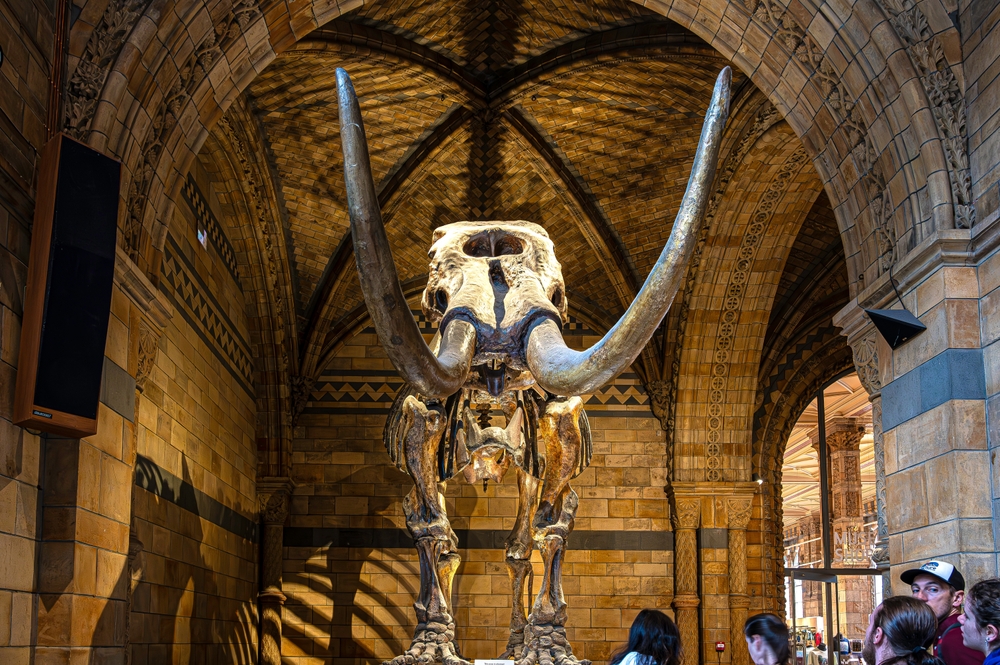
Mastodon remains have been discovered frozen in glaciers across North America, with some exceptionally preserved finds in Michigan. These relatives of modern elephants roamed forests during the Ice Age, and their frozen remains still show traces of fur and tissue. One mastodon found in a farmer’s field revealed evidence of ancient human hunting tools embedded in its bones. These discoveries connect humanity’s early history to these magnificent giants.
